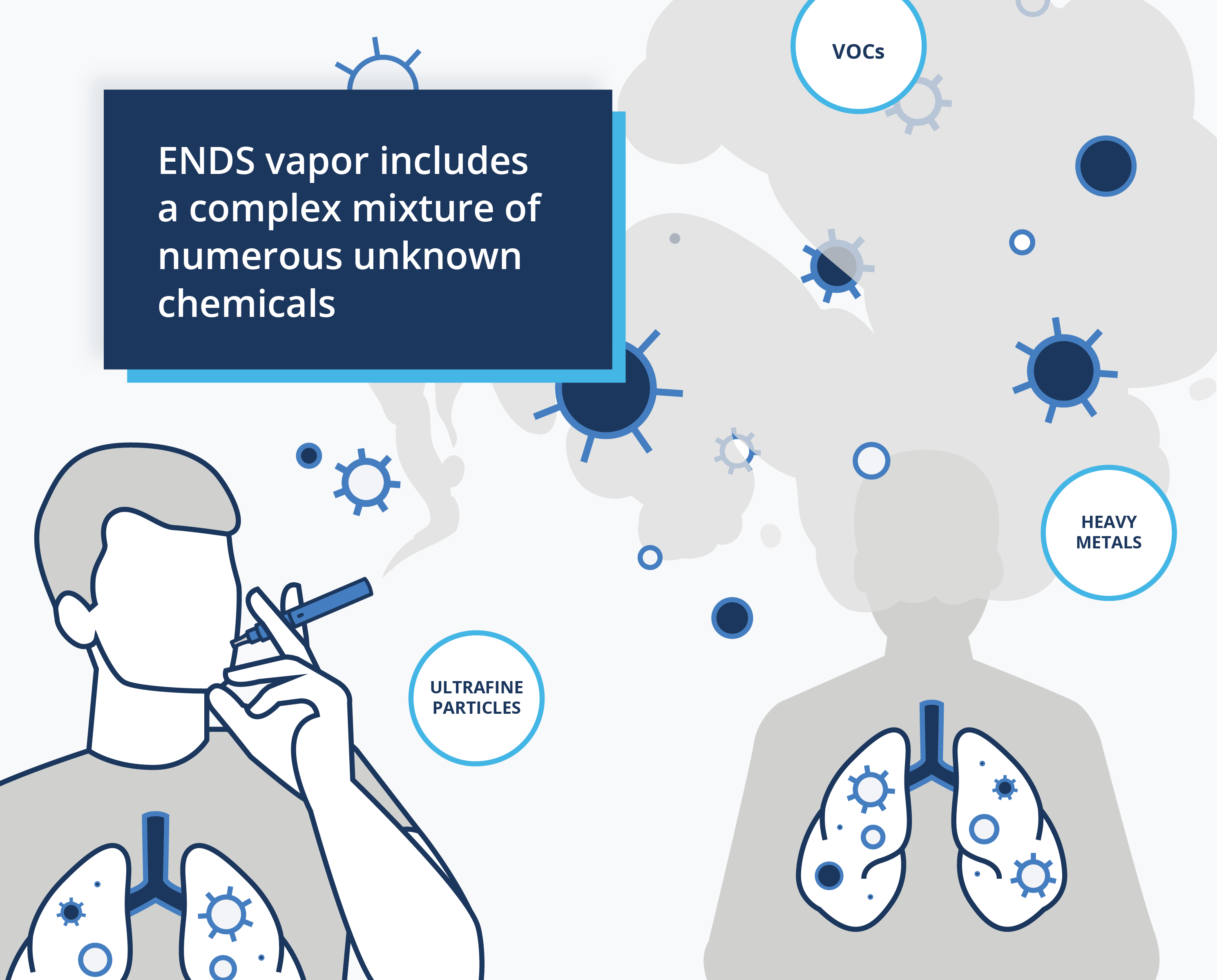These “e-liquids” typically contain various formulations of nicotine, glycerol, propylene glycol, tobacco alkaloids, pH modifiers, and flavoring agents. Since their inception, ENDS products have evolved rapidly as usage has grown, the market has changed, and new products have been developed.

